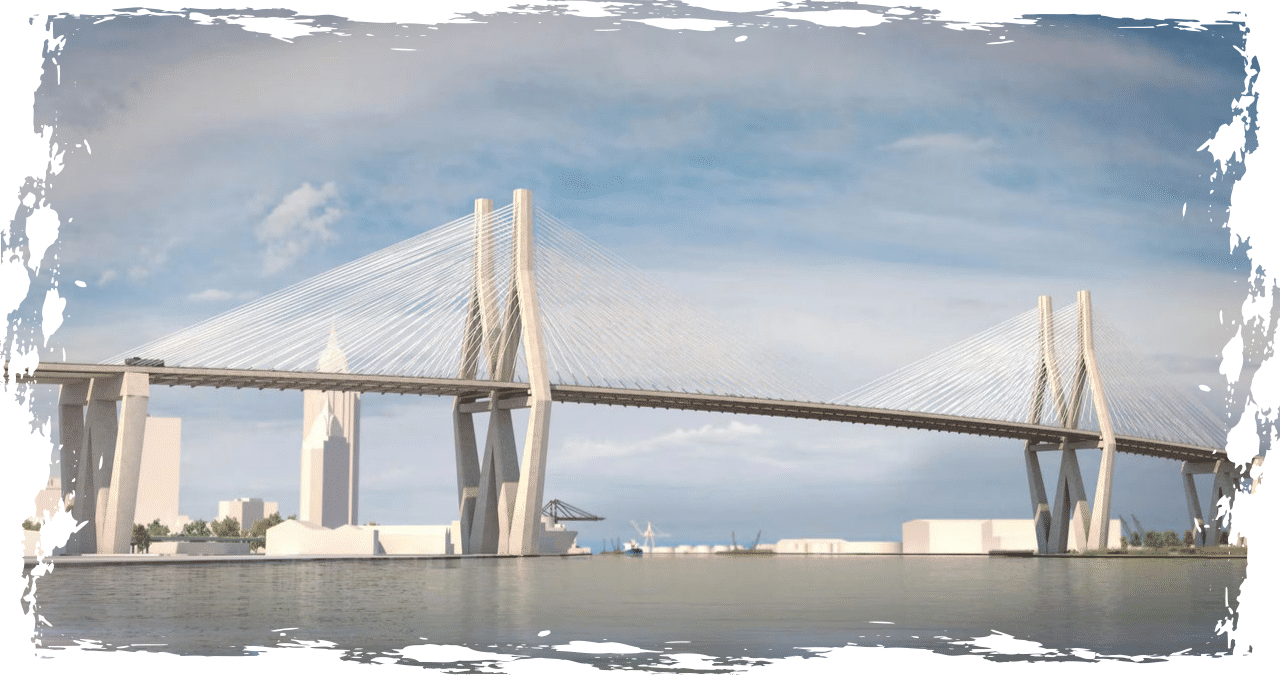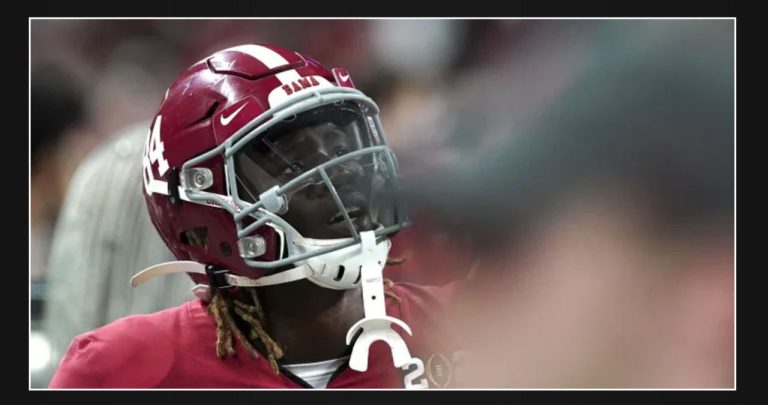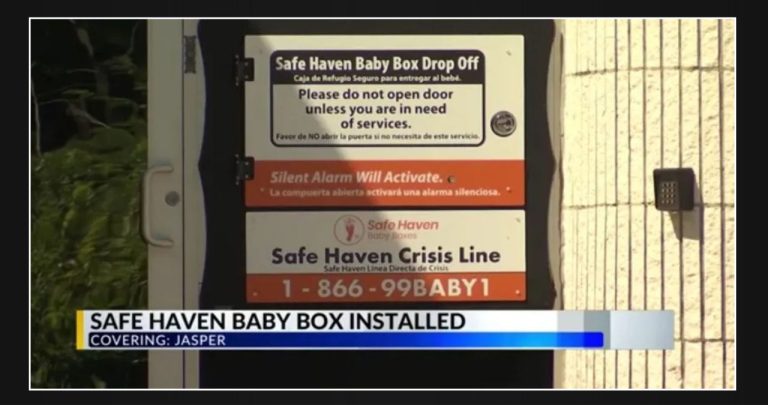In a letter dated June 6th, the entire congressional delegation of Alabama has requested federal assistance for the Interstate 10 Mobile River and Bridge project, which is the priciest road project in the history of the state, costing $3.5 billion.
In a bid to secure federal funding for infrastructure development, Alabama has submitted an application for a Mega grant created by the Infrastructure Investment and Jobs Act (IIJA) signed into law in 2021. The state has sent a letter to U.S. Transportation Secretary Pete Buttigieg, urging the Department of Transportation to consider their application for the grant.
In the letter, it is emphasized that the current I-10 infrastructure, which links Mobile to Baldwin counties, is over 50 years old. The letter, spanning two pages, also highlights that hazardous cargo cannot pass through the Wallace or Bankhead tunnels, which forces heavy trucks to divert through Africatown, a community that has faced historical and economic disadvantages.
According to the letter, the Mobile River Bridge and Bayway project will enhance the capacity for all travelers, while also redirecting most of the traffic onto the new infrastructure. This includes hazardous cargo that will be diverted away from Africatown, ultimately leading to a safer and more efficient route for everyone.
All of Alabama’s eight GOP congressional representatives, who did not vote in favor of the IIJA in 2021, signed the letter. U.S. Rep. Terri Sewell, the only Democratic member of Congress from Alabama who voted in support of the IJJA in 2021, also added her signature. The federal infrastructure package was supported by only 13 Republicans in Congress.
After a 60-day financial review of the project, the Alabama Department of Transportation has released a letter indicating their commitment to seeking additional federal support for the initiative. In conjunction with the Mobile and Eastern Shore Metropolitan Planning Organizations, ALDOT has announced their dedication to the project’s success.
According to state and local officials, the project can potentially benefit from a low-interest loan offered by federal transportation officials to cover almost 50% of the bridge’s expenses. This loan is available through the Transportation Infrastructure Finance and Innovation Act (TIFIA) and would be a significant step towards obtaining the necessary funds to proceed with the project, pending approval.
The congressional delegation has emphasized the Mega grant program in their letter. This program is currently active and has already provided billions of dollars for road projects across the nation, including the I-10 projects in Mississippi and Louisiana.
In early 2023, the U.S Department of Transportation’s Build American Bureau recognized the I-10 Mobile River Bridge project as one of the eligible projects for “project-specific targeted technical assistance.”
In a letter addressed to Buttigieg, the congressional delegation acknowledged the Bureau’s participation in the I-10 project. The lawmakers stated that they were aware of the productive discussions that took place between ALDOT and DOT, which have resulted in significant progress in the project.
In January 2024, the most recent round of Mega grant funding was announced. This round included the recognition of 11 distinct projects awarded to a variety of state transportation agencies, such as Indiana, Maryland, Massachusetts, Montana, New York, and Washington and Oregon.
In 2020, the widening of I-10 from four to six lanes west of Diamondhead, Miss, which covers around 81 miles to the west of Mobile, received $60 million in Mega grant funding from the U.S. DOT. Furthermore, an extra $150 million was granted to Louisiana to build a new I-10 bridge over the Calcasieu River in Lake Charles.
The proposed I-10 project includes a new six-lane cable stay-bridge, towering at 215-feet, situated in downtown Mobile, which will be connected to an elevated and expanded new Bayway. The newly constructed Bayway will span 7.4 miles, featuring six lanes that will connect Mobile to the U.S. 98 exit located in Daphne.
The primary aim of the project is to ease the traffic congestion on I-10, particularly during peak travel seasons when tourists flock to the beaches of Alabama and Florida. With over 78,000 vehicles passing through the interstate daily, west of the Wallace Tunnel in downtown Mobile, there are concerns that in less than two decades, more than 95,000 vehicles will be the norm, leading to further congestion.
In recent years, the cost of the project has increased from its initial estimate of $2.1 billion to a current range of $3 billion to $3.5 billion.
According to the letter from the congressional delegation, the project is currently in its strongest position yet. ALDOT has acquired all necessary right-of-way and has chosen the main design-build teams to carry out the construction of the project.
According to the letter, the project has experienced a consistent increase in costs, similar to various other projects throughout the country. It is clear that obtaining federal funding is crucial in addressing this particular challenge.
In terms of funding, the project has certain limitations. Back in 2019, they were able to secure a federal Infrastructure for Rebuilding America (INFRA) grant worth $125 million through the efforts of former U.S. Sen. Richard Shelby’s office. Additionally, they have allocated $250 million from state funding.



